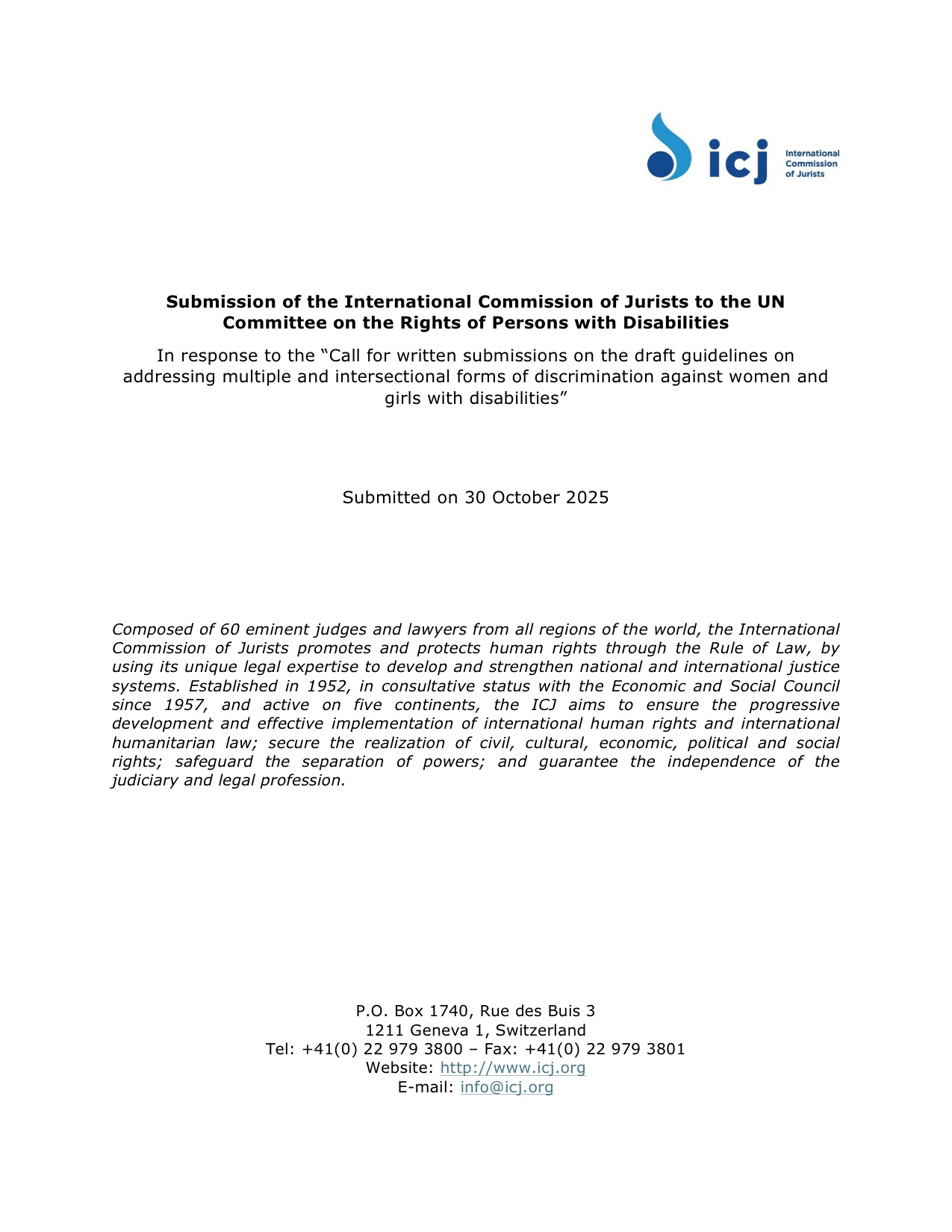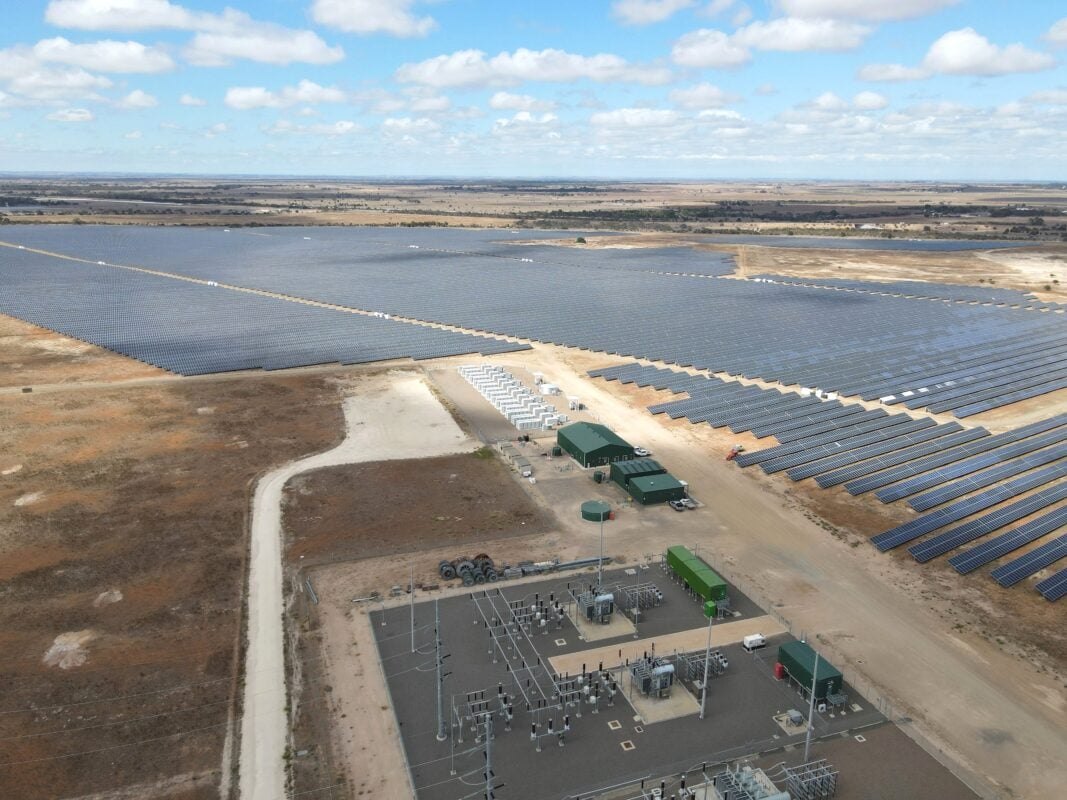A battery storage facility is being proposed in a rural Mass. town. Residents are pushing back. – Boston.com

Report on Proposed Energy Storage Facility in Oakham, Massachusetts, and its Alignment with Sustainable Development Goals
Project Overview and Connection to SDG 7 (Affordable and Clean Energy)
A proposal by Moraga Storage LLC (Rhynland Energy) for a 180-megawatt lithium-ion battery energy storage system (BESS) in Oakham, Massachusetts, is currently under review. The project is sited on a 43-acre former auto salvage yard. The facility’s primary function is to support the regional energy grid by storing electricity during low-demand periods and discharging it during peak demand. This function is critical for advancing SDG 7 (Affordable and Clean Energy) by enhancing grid stability and facilitating the integration of intermittent renewable energy sources, which is a key objective of SDG 13 (Climate Action). The project aligns with the state’s Energy Storage Initiative, which aims to establish 1,000 megawatt-hours of energy storage by December 2025.
Community Opposition and Environmental Concerns: A Conflict with SDG 6, SDG 11, and SDG 15
Local residents and the advocacy group ACORNS (Advocates for Conservation of Oakham’s Rural Nature and Safety) have expressed significant opposition to the project. The concerns highlight a direct conflict between the project’s energy objectives and other critical Sustainable Development Goals.
- SDG 6 (Clean Water and Sanitation): The primary concern is the facility’s proximity to the Ware River Watershed, which feeds the Quabbin Reservoir. This reservoir is the drinking water source for 2.7 million people. A potential fire could release pollutants, jeopardizing this vital water supply and the well water used by approximately 600 local homes.
- SDG 15 (Life on Land): Residents cite the risk of destruction to local habitats and ecosystems. The potential for contamination from a fire poses a long-term threat to the protected natural environment in the area.
- SDG 11 (Sustainable Cities and Communities): The community’s safety is a major point of contention. The local fire department has stated it lacks the resources, particularly water, to effectively combat a large-scale lithium-ion battery fire. The site’s location a half-mile from a school further elevates concerns about public safety and resilient community infrastructure.
Analysis of Technological Risks and Safety Measures
The core technological risk associated with BESS facilities is thermal runaway, an uncontrolled heat-releasing chain reaction within battery cells that is difficult to extinguish. This risk has been realized in several incidents at other facilities.
- A 2023 fire in Warwick, New York, burned for three days and prompted school closures.
- A 2024 fire at a facility in San Diego burned for five days.
- An incident at Vistra Energy’s Moss Landing site in California resulted in reports of nearby residents feeling ill.
The developer states the project will comply with National Fire Protection Association (NFPA) standards and include modern safety systems, such as integrated cooling and sensor monitoring. However, the local fire chief remains concerned about the lack of a viable emergency response plan for a worst-case scenario, stating that developers’ assurances do not replace the need for a concrete plan to manage a potential disaster and its environmental fallout.
Governance and Institutional Challenges: Tensions in SDG 16
The regulatory process has created a significant challenge for the local community, highlighting issues related to SDG 16 (Peace, Justice and Strong Institutions). In 2022, Oakham residents successfully amended local zoning bylaws to prohibit such a facility. However, Rhynland Energy is utilizing a 2024 state law that allows the Energy Facilities Siting Board (EFSB) to issue a comprehensive exemption from local zoning for energy projects over 100 megawatt-hours. This has led residents to characterize the situation as a “David and Goliath” struggle, pitting a small town against a state regulatory agency and a private developer, and raising questions about the fairness and inclusivity of institutional processes.
Conclusion and Forward Outlook
The proposed Oakham battery storage facility exemplifies the complex trade-offs inherent in pursuing the Sustainable Development Goals. While the project supports SDG 7 and SDG 13 by building infrastructure for a clean energy future, it poses significant risks to SDG 6 (Clean Water), SDG 15 (Life on Land), and community safety under SDG 11. The developer has noted a positive contribution toward SDG 12 (Responsible Consumption and Production) by committing to clean up the former auto salvage yard. The EFSB’s ongoing review and a planned public hearing in Oakham will be critical in determining whether a balance can be struck between state-level energy objectives and the protection of local environmental resources and community well-being.
Analysis of Sustainable Development Goals in the Article
1. Which SDGs are addressed or connected to the issues highlighted in the article?
-
SDG 6: Clean Water and Sanitation
- The article highlights significant concerns about the potential contamination of the Quabbin Reservoir, which is a primary drinking water source for 2.7 million people. Residents fear that a fire at the facility could release pollutants into the Ware River Watershed, directly threatening water quality and safety.
-
SDG 7: Affordable and Clean Energy
- The entire project is a “180-megawatt energy storage facility” intended to support the energy grid. The article explicitly mentions the state’s “new clean energy law” and its “Energy Storage Initiative,” which aims to advance the clean energy transition by integrating sources like wind and solar.
-
SDG 11: Sustainable Cities and Communities
- The conflict is centered in the “rural community” of Oakham. The article discusses local safety concerns, the town’s lack of resources to handle a potential disaster (“isn’t enough water”), the risk to a local school, and the conflict between local zoning bylaws and state-level regulatory power.
-
SDG 13: Climate Action
- The push for battery storage systems is a direct measure to support the integration of renewable energy, which is a key strategy for climate change mitigation. The article mentions Governor Maura Healey’s clean energy law, which aims to “advance the clean energy transition,” a core component of climate action.
-
SDG 15: Life on Land
- Local residents express concerns about the “destruction of local habitat” and the potential impact on the “protected natural habitat in the area.” The proposed 43-acre site and the risk of pollution pose a direct threat to terrestrial and freshwater ecosystems.
2. What specific targets under those SDGs can be identified based on the article’s content?
-
Target 6.3: By 2030, improve water quality by reducing pollution, eliminating dumping and minimizing release of hazardous chemicals and materials.
- This is directly relevant to the residents’ primary fear that a fire could cause pollutants from the lithium-ion batteries to “enter the Ware River Watershed, which feeds the Quabbin Reservoir.”
-
Target 7.2: By 2030, increase substantially the share of renewable energy in the global energy mix.
- The article explains that battery storage units help solve the problem of intermittent green energy sources like wind and solar by storing power for when it is needed, thus enabling a greater share of renewables on the grid.
-
Target 11.5: By 2030, significantly reduce the number of deaths and the number of people affected and substantially decrease the direct economic losses relative to global gross domestic product caused by disasters… with a focus on protecting the poor and people in vulnerable situations.
- The fire chief’s concern that the town “lacks the resources to handle a disaster of this magnitude” and the potential for school closures and contamination of well water for 600 homes highlight the community’s vulnerability to a potential industrial disaster.
-
Target 13.2: Integrate climate change measures into national policies, strategies and planning.
- The article mentions the “new clean energy law” and the state’s “Energy Storage Initiative” as policies driving the development of such projects, showing the integration of climate-related energy strategies at the state level.
-
Target 15.1: By 2020, ensure the conservation, restoration and sustainable use of terrestrial and inland freshwater ecosystems and their services.
- The concerns over the “destruction of local habitat” and the impact on the “protected natural habitat” on the 43-acre site directly relate to the conservation of terrestrial ecosystems.
3. Are there any indicators mentioned or implied in the article that can be used to measure progress towards the identified targets?
- Indicator for Target 6.3: The article implies the need to monitor the quality of water in the Ware River Watershed and Quabbin Reservoir. A key indicator would be the “Concentration of pollutants and hazardous materials in the local watershed,” with the goal of keeping it at zero from this facility.
- Indicator for Target 7.2: The article provides several quantitative indicators, including the “Total operating capacity of battery storage projects (in megawatts),” which is currently 302 MW in Massachusetts, and the “Number of utility-scale battery storage projects,” which is 111. The state’s goal is a specific indicator: “1,000 megawatt-hour target by December 2025.”
- Indicator for Target 11.5: The article implies an indicator related to disaster preparedness. Progress could be measured by the “Availability of local resources and emergency plans to manage a large-scale industrial fire,” which the fire chief currently states is inadequate.
- Indicator for Target 13.2: The existence of the “new clean energy law” and the “Energy Storage Initiative” are themselves indicators of policy integration.
- Indicator for Target 15.1: The “Area of land used for the facility (43-acre site)” is a direct indicator of land use change. An additional indicator would be the “Status of protected natural habitat” in the vicinity of the project.
4. Summary Table of SDGs, Targets, and Indicators
| SDGs | Targets | Indicators |
|---|---|---|
| SDG 6: Clean Water and Sanitation | 6.3: Improve water quality by reducing pollution. | Concentration of pollutants in the Ware River Watershed and Quabbin Reservoir. |
| SDG 7: Affordable and Clean Energy | 7.2: Increase substantially the share of renewable energy. | Total operating capacity of battery storage (currently 302 MW); Progress towards the 1,000 MWh state target. |
| SDG 11: Sustainable Cities and Communities | 11.5: Reduce the number of people affected by disasters. | Availability of local resources and emergency plans to manage a large-scale industrial fire. |
| SDG 13: Climate Action | 13.2: Integrate climate change measures into policies and planning. | Existence of state-level policies like the “new clean energy law” and the “Energy Storage Initiative.” |
| SDG 15: Life on Land | 15.1: Ensure the conservation and sustainable use of terrestrial and inland freshwater ecosystems. | Area of local habitat affected by the project (43 acres); Status of the nearby protected natural habitat. |
Source: boston.com

What is Your Reaction?
 Like
0
Like
0
 Dislike
0
Dislike
0
 Love
0
Love
0
 Funny
0
Funny
0
 Angry
0
Angry
0
 Sad
0
Sad
0
 Wow
0
Wow
0


















-1920w.png?#)






















;Resize=805#)




























.jpg?#)







